I have a time-series data frame:
The column "Contas.Resultado" is ordered correctly by ascending order of "Valor" column.
My problem is:
When I plot the chart, the legend doesn't appear in the correct order, consequently, some geom_area plot overlap others.
ggplotly(tbl1 %>% ggplot(aes(Ano, Valor)) +
geom_area(aes(fill = Contas.Resultado),
position = position_dodge(width = 0), stat = "identity") +
scale_x_yearmon() +
xlab("") +
ylab("R$ (milhões)"))
I got the right results using this:
df$Contas.Resultado <- factor((df$Contas.Resultado),
levels = c("Faturamento", "Receita Líquida",
"Resultado Bruto", "EBTIDA R$", "EBTI",
"Resultado Líquido"))
I would appreciate if someone knows a straightforward way to solve this

